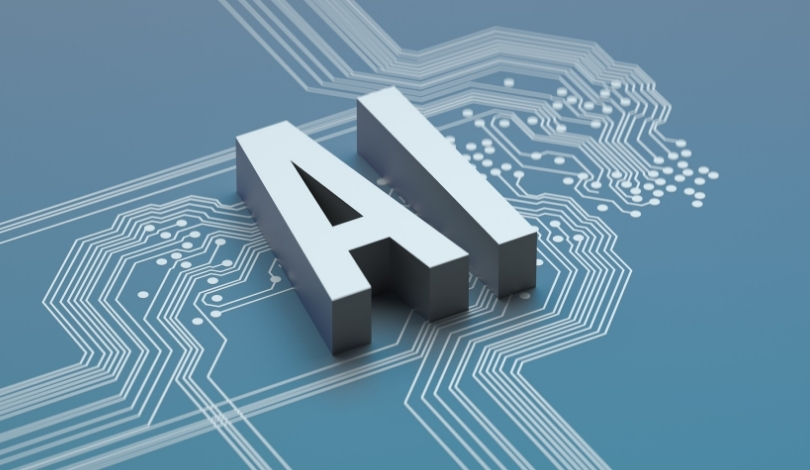Dentists now have access to new robotic assistance with the unveiling of Yomi S, a refined dental implant system from Neocis. The updated platform introduces a more compact design, improved dexterity, and AI-powered features that aim to make implant surgeries more precise and efficient. The introduction of Yomi S addresses a need for both enhanced clinical accuracy and more accessible technology in dental offices of varying sizes. Industry observers note the potential for such robotics to alter daily dental workflows, and Neocis has positioned its system as a tool to support practitioners working independently or in small teams. These enhancements reflect ongoing efforts to bring advanced tools into dental care, which has largely remained outside the purview of robotics compared to surgery in hospitals.
Yomi S follows the initial launch of Neocis’ Yomi robotic system, which has seen incremental upgrades over recent years. Earlier models supported computer-guided surgery but had limited adaptability due to their footprint and user interface. Competing products have emerged slowly as regulatory and market hurdles persist in dentistry. Unlike earlier iterations, Yomi S is tailored for a broader range of procedures and integrates artificial intelligence more extensively, increasing its competitiveness among both new and established dental robotic offerings. Analysts point out that Neocis’ move aligns with a broader industry pattern of miniaturization and AI integration in surgical robotics, but dentistry remains a niche with relatively few robotic solutions.
What design changes distinguish Yomi S from previous models?
Neocis reports that Yomi S comes with a longer, redesigned robot arm for expanded reach around the dental chair, combined with a 30% smaller base unit to better fit in smaller treatment rooms. These changes aim to serve a variety of practice layouts and are further complemented by improved touchscreen controls and a foot pedal interface. The upgrades prioritize single-operator workflows to address the needs of practitioners without extensive support staff.
“Now they can get a Yomi S, they can fit it in the small operatory, they can position it anywhere around the dental chair, and they can use it as a solo practitioner,”
explained Alon Mozes, CEO and co-founder of Neocis.
How does the updated YomiPlan AI software improve surgical planning?
The incorporation of YomiPlan, Neocis’ proprietary AI-powered software, allows practitioners to automate aspects of surgical planning such as anatomical segmentation from CBCT scans. Using data from roughly 100,000 past procedures, YomiPlan identifies nerve structures and bone quality, and helps dentists design implant crowns digitally. Real-time feedback on drilling position and bone density is also provided.
“We have software now that’s effectively like Photoshop for teeth. You can really design the crown, that prosthetic, to fit in the space that’s remaining and give you a functional result, so it’s sitting on the implant in a way that will last forever,”
noted Mozes. This approach reduces planning time and supports surgical decision-making during the procedure.
What unique technical challenges does robotics face in dental settings?
Unlike hospital-based surgical robotics, dental procedures demand higher precision and adaptability in constrained oral spaces. Neocis had to develop proprietary mechanical tracking systems tethered directly to patients, as patient movement remains a key challenge, especially under varying anesthesia conditions. The robot compensates for involuntary patient motion, allowing for consistent drill guidance even as patients move. Regulatory approval also involved navigating dental-specific branches of the FDA, contributing to longer adoption cycles compared to more established medical robot markets. Neocis remains one of the only firms to navigate these obstacles at scale in the dental sector.
Yomi S enters a dental technology market characterized by fragmented R&D resources and slower adoption rates for robotics compared to hospitals. Neocis’ focus on usability, compact design, and robust AI are notable as most dental robotics startups have struggled with limited investment and longer regulatory timelines. The Yomi platform’s progress indicates a move toward routine use of robotics in dental practices, though widespread adoption will depend on practitioner confidence and financial feasibility for smaller clinics. For dentists, integrating robotics like Yomi S may initially pose learning challenges, but the potential for improved clinical outcomes, reduced patient discomfort, and greater workflow efficiency suggests growing relevance.








